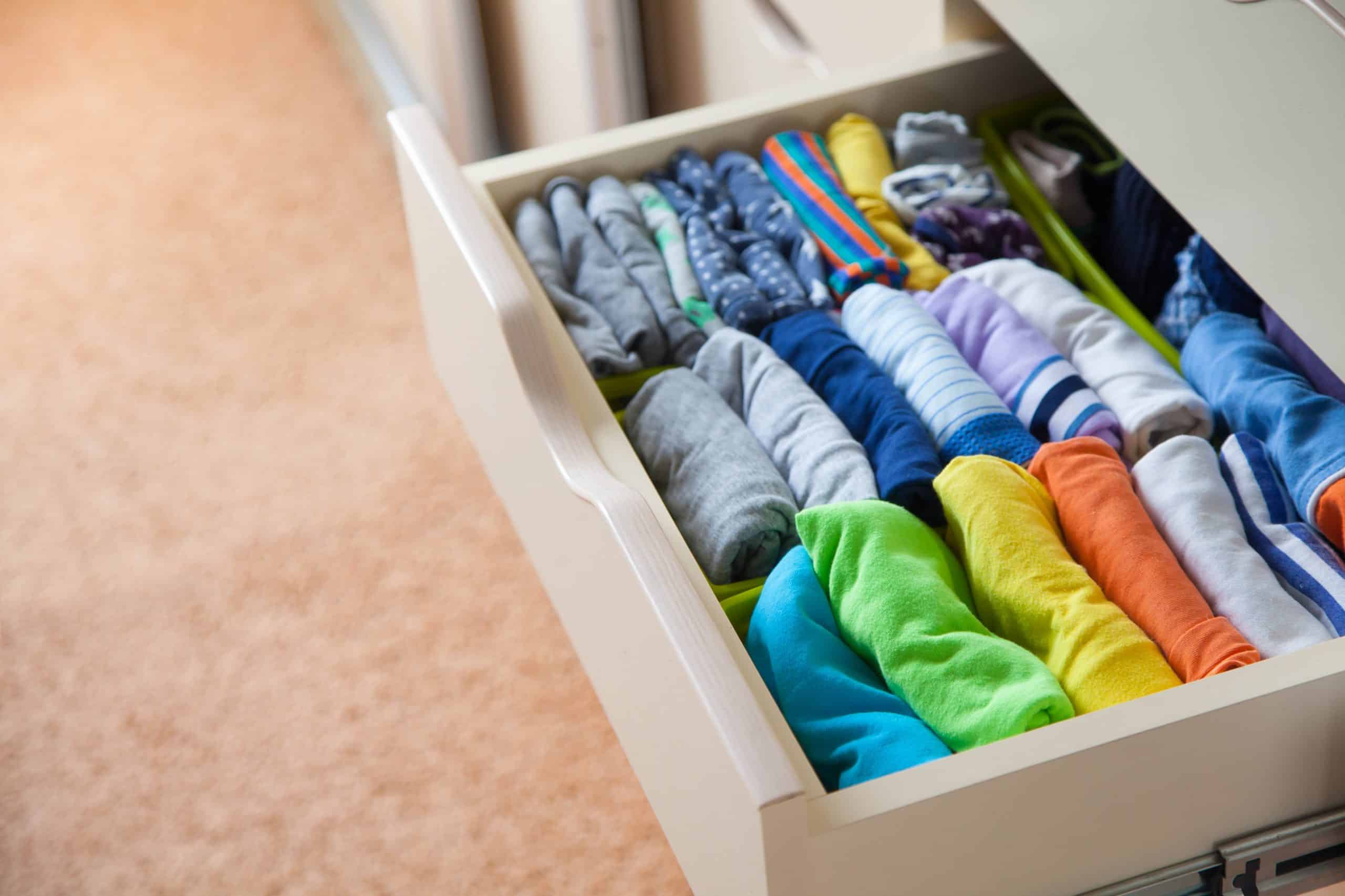

Articles
How To Store Baby Clothes By Size
Modified: January 21, 2024
Learn how to store baby clothes by size with these helpful articles. Keep your little one's wardrobe organized and easily accessible.
(Many of the links in this article redirect to a specific reviewed product. Your purchase of these products through affiliate links helps to generate commission for Storables.com, at no extra cost. Learn more)
Introduction
Welcome to the world of parenthood, where adorable tiny outfits seem to multiply overnight! As your baby grows, you’ll find yourself accumulating a vast collection of clothes in different sizes. Keeping baby clothes organized can be a real challenge, especially when you’re trying to find the right size in the midst of a chaotic nursery.
In this article, we will explore the best practices for storing baby clothes by size. By implementing these strategies, you can save time, reduce clutter, and ensure that your little one’s wardrobe is always organized and ready to use.
So, let’s dive in and discover the secrets to effectively storing and managing your baby’s clothes!
Key Takeaways:
- Keep baby clothes organized by sorting them into size ranges, labeling them, and choosing the right storage containers. This saves time and reduces clutter, making it easy to find the right size when needed.
- Create an inventory list and use color-coded labels to track baby clothes sizes. Utilize dividers, vacuum-sealed bags, and donate outgrown clothes to maintain an organized and efficient system.
Read more: How To Store Baby Clothes
Sorting Baby Clothes
The first step in storing baby clothes by size is to sort through the collection and categorize them based on their sizes. This will make it easier to find the right size when you need it. Here’s how you can efficiently sort your baby’s clothes:
- Separate by size range: Start by creating different piles for each size range, such as newborn, 0-3 months, 3-6 months, and so on. This will help you quickly determine which clothes are suitable for your baby’s current size.
- Check for condition: While sorting, take a moment to inspect each garment for stains, tears, or damages. Set aside any clothes that need repair or are no longer in wearable condition. It’s best to only store clothes that are clean and in good shape.
- Consider the seasons: If your baby’s wardrobe consists of clothes for different seasons, you may also want to separate them accordingly. This will help you easily access the appropriate clothes when the weather changes.
By sorting baby clothes into different categories, you’ll have a clear picture of what you have and can proceed to store them in an organized manner.
Labeling the Sizes
After sorting your baby’s clothes, it’s important to label them with the appropriate sizes to ensure easy identification later on. Here are some tips for labeling baby clothes by size:
- Use size stickers or labels: Purchase small size stickers or labels that indicate the size range of each garment. You can find these at baby stores, or you can even create your own using sticky notes or masking tape.
- Place labels on the front or sides: Stick the labels on the front or side of each clothing item for quick visual identification. This is especially helpful if you store the clothes in opaque containers.
- Organize by size range: Arrange the labeled clothes based on their size range to make it even easier to find the right size when needed.
Labeling the sizes not only makes it convenient for you to locate the right clothes, but it also helps anyone else who may assist in dressing your baby. It saves time and eliminates the hassle of digging through piles of clothes to find the correct size.
Choosing Storage Containers
Selecting the right storage containers is crucial for keeping baby clothes organized and protected. Here are some factors to consider when choosing storage containers:
- Durable and sturdy: Opt for containers made of sturdy materials like plastic or fabric. They should be able to withstand the weight of the clothes and protect them from dust, pests, and moisture.
- Transparent: Choose containers with clear lids or sides so that you can easily see the contents without having to open each one. This allows for quick and efficient retrieval of the desired size.
- Stackable: Look for containers that are designed to be stacked on top of one another. This maximizes space utilization and keeps your storage area neat and tidy.
- Size-appropriate: Select containers that are large enough to accommodate the clothing items for each size range. At the same time, try not to choose containers that are too large, as they can become heavy and difficult to handle.
Consider investing in storage containers specifically designed for storing baby clothes. These often come in convenient sizes and feature additional features like dividers or compartments, making it easier to organize and access the clothes.
Remember to thoroughly clean and sanitize the containers before storing your baby’s clothes to ensure a clean and safe environment for the garments.
Use clear plastic bins or storage bags to organize baby clothes by size. Label each container with the size and type of clothing to easily find what you need. Keep the storage area dry and free from pests.
Organizing by Size
Now that you have sorted and labeled the baby clothes by size and chosen the appropriate storage containers, it’s time to organize them. Here are some tips for organizing baby clothes by size:
- Group clothes by size range: Place each size range of clothes in separate containers or sections within the storage area. This will make it easy to locate the desired size quickly.
- Arrange clothes in chronological order: Within each size range, consider organizing the clothes in chronological order. This means placing the smallest sizes at the front and gradually moving to larger sizes as you go back.
- Fold or roll the clothes: Fold or roll the clothes neatly before placing them in the containers. This helps save space and keeps the clothes wrinkle-free.
- Group similar items together: If you have multiples of the same item, such as onesies or socks, consider grouping them together. This will make it easier to find a specific item when needed.
By organizing baby clothes in a logical and systematic manner, you’ll be able to locate the right size effortlessly, especially during those early morning or late-night diaper changes when time is of the essence.
Read more: How To Store Baby Socks
Keeping Track of Inventory
As your baby grows, it’s important to keep track of the inventory of baby clothes to ensure that you have the right sizes available at each stage. Here are some tips for effectively managing and updating your baby’s clothing inventory:
- Create an inventory list: Start by creating a spreadsheet or a simple list where you can record the different sizes and quantities of baby clothes you have. This will serve as a handy reference when you need to check what sizes you have or what you may need to purchase.
- Update regularly: Make it a habit to update your inventory list whenever you add or remove items. This will help you stay organized and avoid duplication or missing sizes.
- Use color-coded labels or tags: Consider using color-coded labels or tags to mark each size range. For example, you can use blue for newborn clothes, yellow for 0-3 months, and so on. This visual system can help you quickly identify which sizes are running low.
- Take stock before each season: Before a new season arrives, review your inventory and assess whether you have enough clothes in the upcoming size range. This will allow you to plan ahead and purchase any necessary items.
By keeping track of your baby’s clothing inventory, you can ensure that you have the right sizes readily available without any last-minute scrambling or unnecessary purchases.
Additional Tips for Storing Baby Clothes by Size
Here are a few additional tips to help you optimize the storage and organization of your baby’s clothes:
- Don’t overcrowd the containers: Avoid stuffing the containers full of clothes as it can lead to wrinkling and make it difficult to find specific items. Leave some space for air circulation.
- Utilize dividers or compartments: If your storage containers don’t come with built-in dividers or compartments, consider using small baskets or dividers to create separate sections within the container. This will help further organize the clothes by type or season.
- Label containers on all sides: It’s helpful to label the containers not just on the front or side but also on the top. This makes it easy to identify the contents even when the containers are stacked on top of one another.
- Consider vacuum-sealed bags: Vacuum-sealed bags can be a great option for long-term storage. They help reduce the volume of clothes and protect them from moisture, insects, and dust. Just remember to label the bags with the appropriate sizes before sealing them.
- Donate or pass on outgrown clothes: As your baby outgrows clothes, make it a habit to donate or pass them on to friends or family. This not only helps declutter your storage space but also benefits others who may be in need of baby clothes.
Remember, the key to effective storage is to create a system that works for you and allows for easy access to the right size of baby clothes when needed. With these additional tips, you can streamline the process and maintain an organized collection of baby clothes throughout your little one’s growth.
Conclusion
Storing baby clothes by size is a smart and efficient way to keep your little one’s wardrobe organized and easily accessible. By following the tips outlined in this article, you can create a system that works for you and saves you time and effort in the long run.
Start by sorting the clothes by size range and checking their condition. Labeling the sizes on each garment and choosing the right storage containers are essential steps in creating an organized setup. Organize the clothes by size and consider arranging them chronologically for easy access.
Keeping track of your inventory through an inventory list and using color-coded labels or tags will help you stay on top of your baby’s clothing needs. Remember to periodically review and update your inventory to ensure that you have the right sizes available as your baby grows.
Lastly, implement additional tips such as avoiding overcrowding, utilizing dividers or compartments, and considering vacuum-sealed bags for long-term storage. Additionally, don’t forget to donate or pass on outgrown clothes to declutter your space and help others in need.
By implementing these strategies, you can maintain an organized and efficient system for storing baby clothes by size. This will not only make your daily routine smoother but also allow you to enjoy those precious moments with your little one, knowing that their clothes are always ready and accessible.
So, embrace the organization and watch as the chaos turns into a beautifully sorted collection of baby clothes!
Frequently Asked Questions about How To Store Baby Clothes By Size
Was this page helpful?
At Storables.com, we guarantee accurate and reliable information. Our content, validated by Expert Board Contributors, is crafted following stringent Editorial Policies. We're committed to providing you with well-researched, expert-backed insights for all your informational needs.
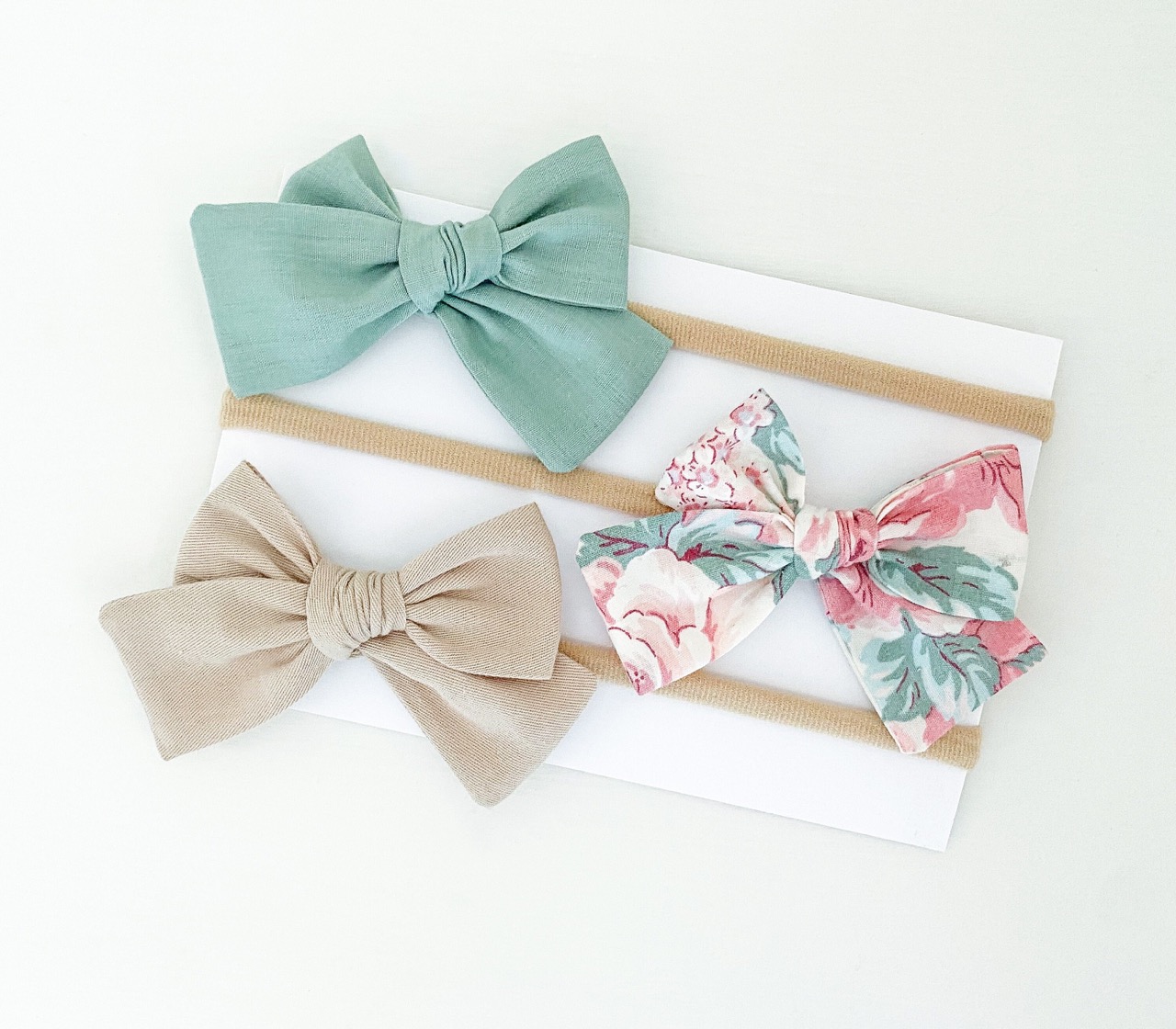
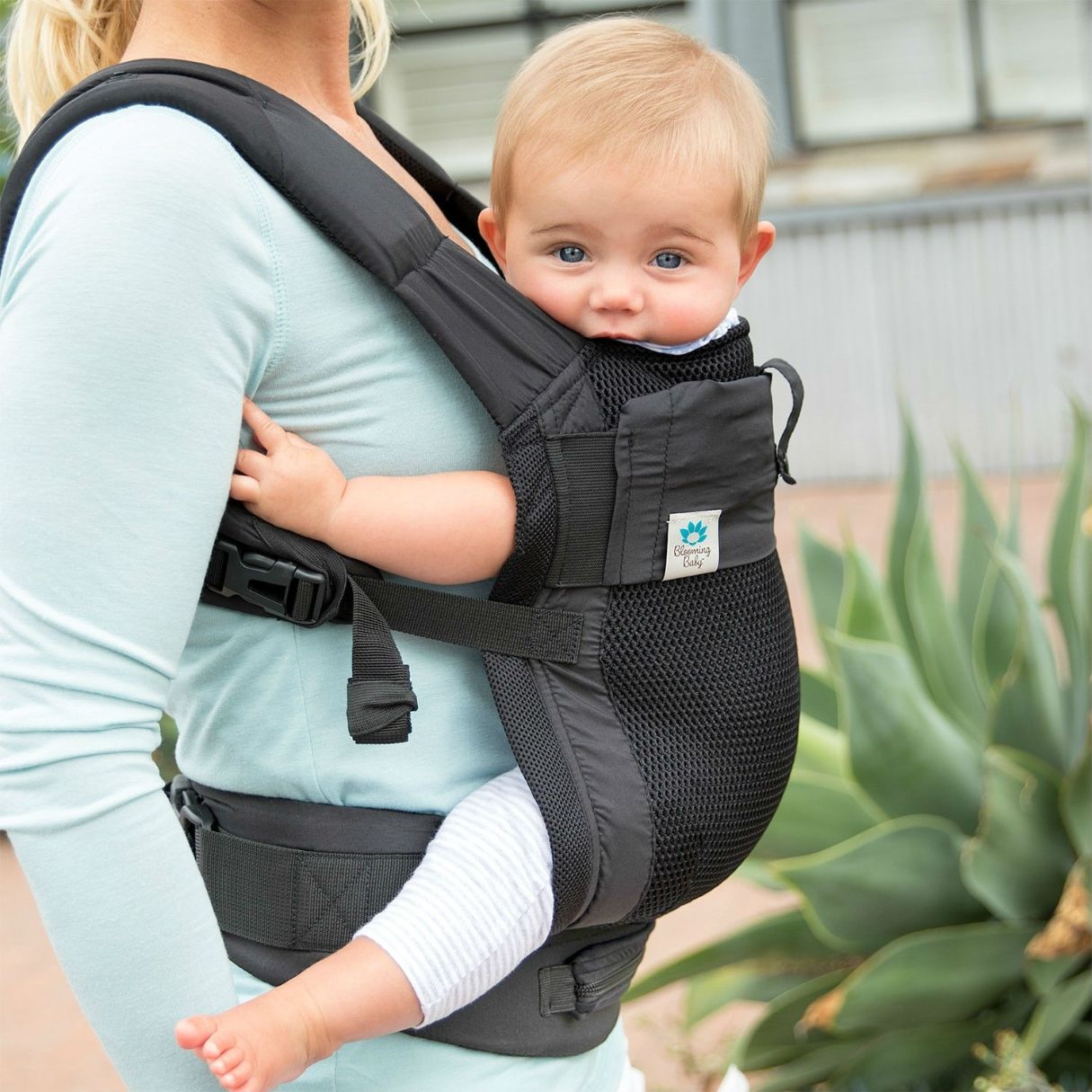
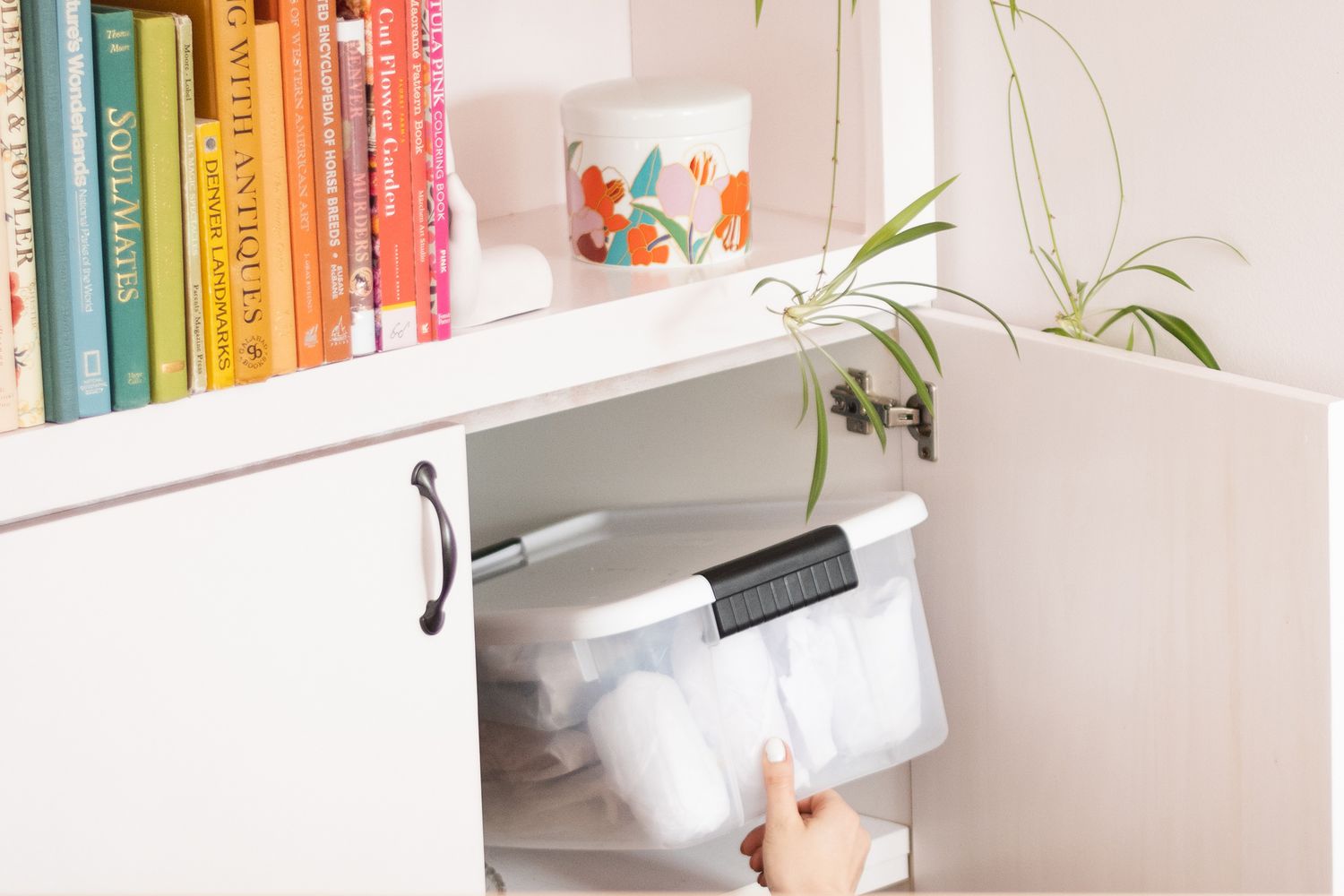
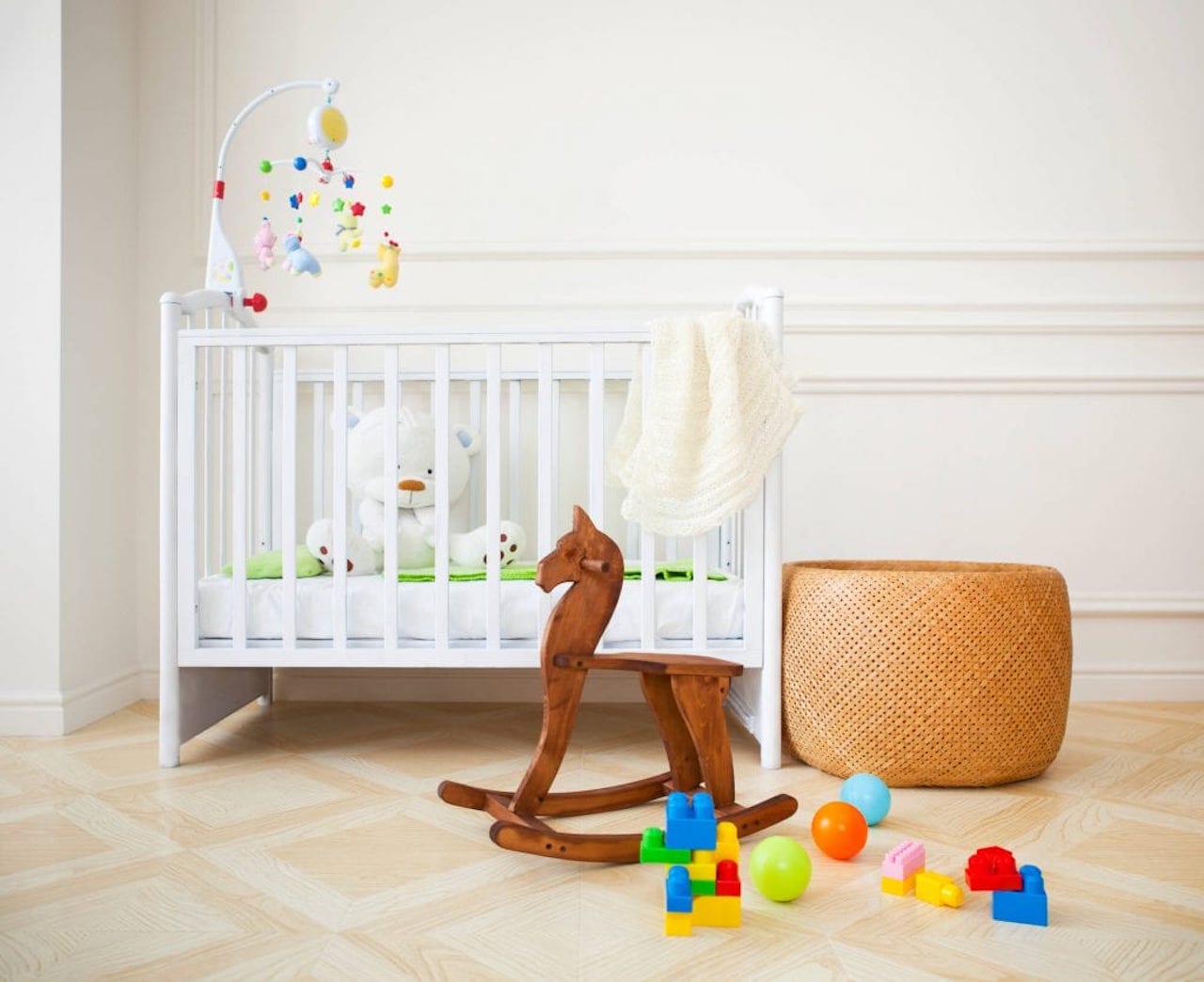
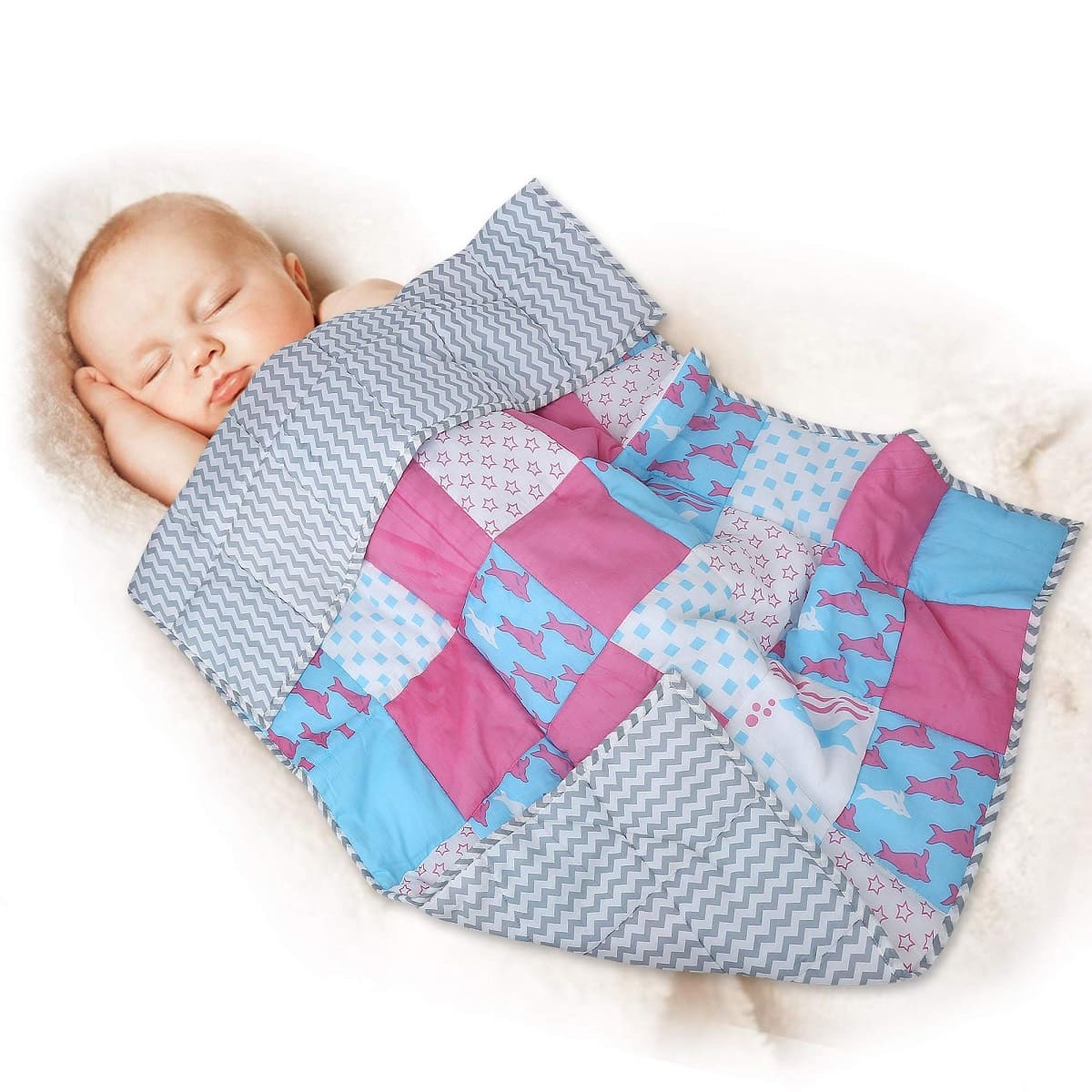
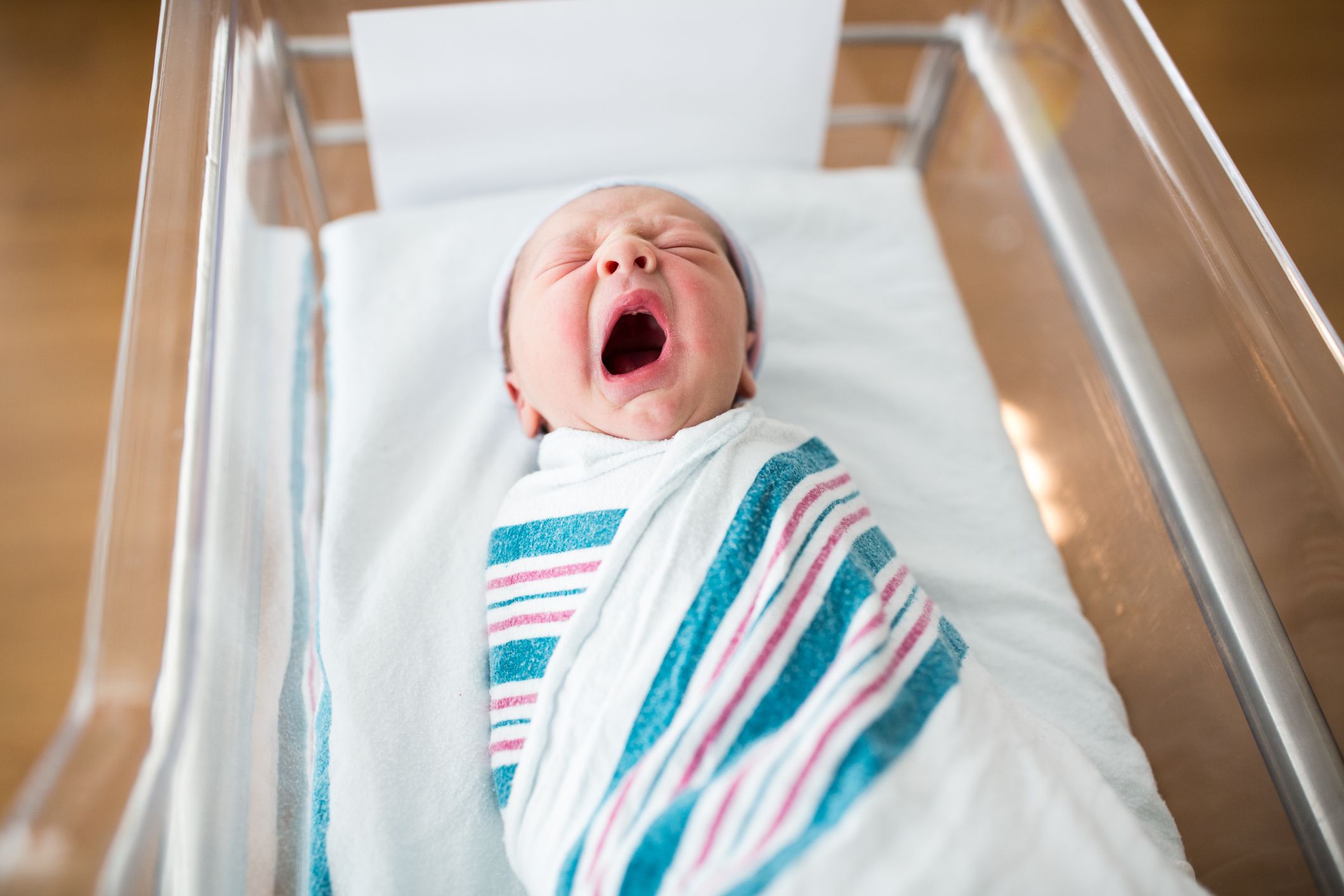


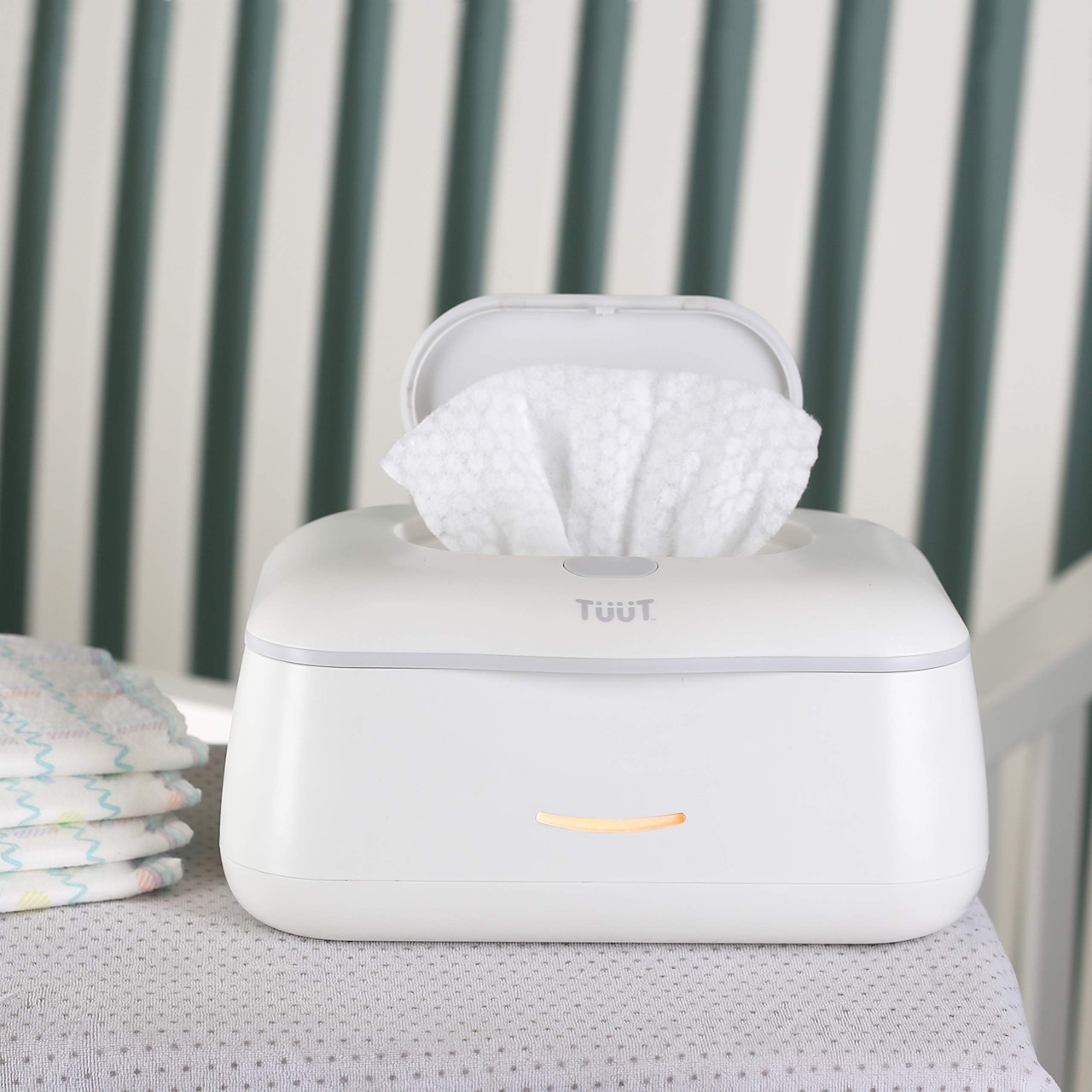
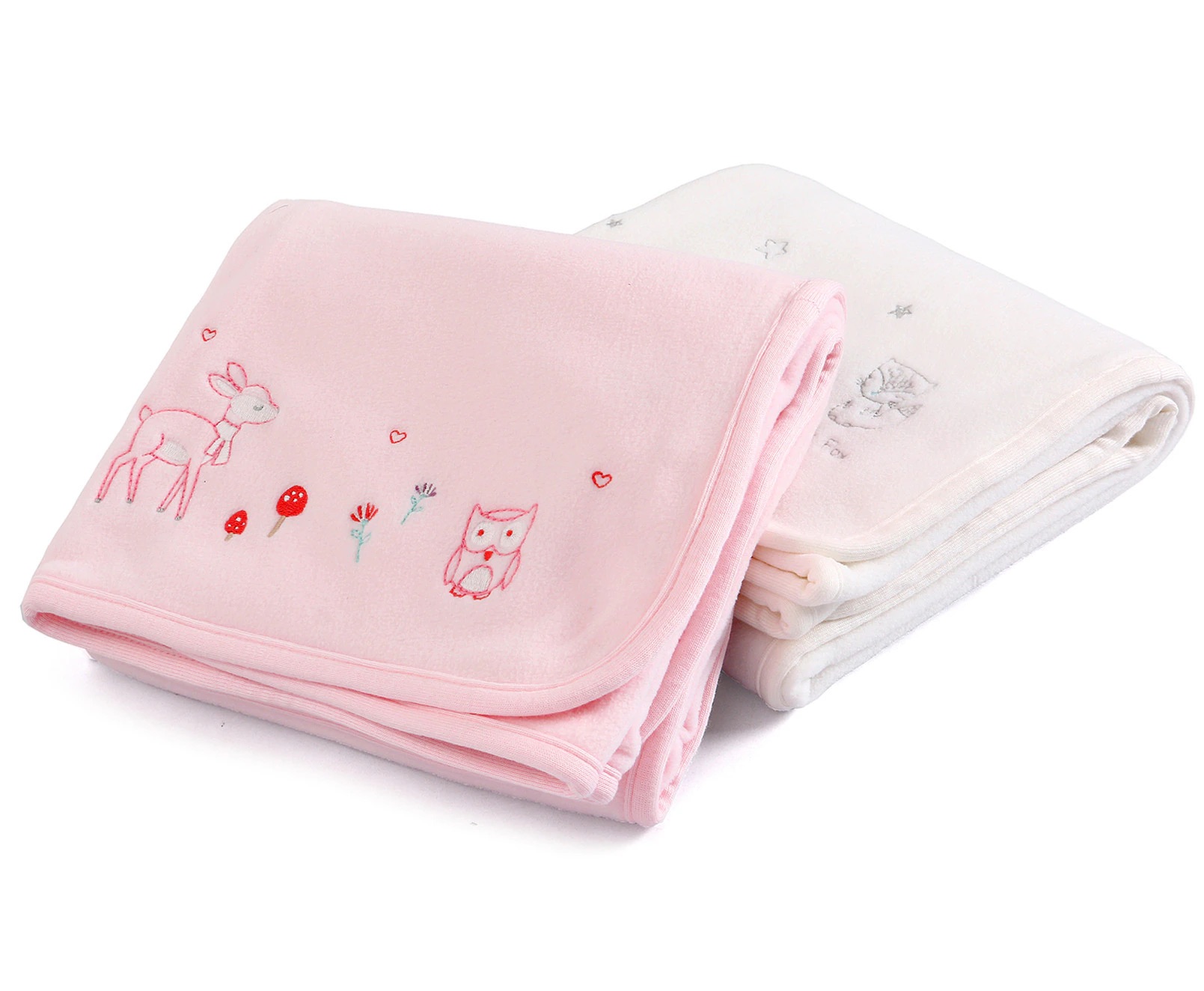
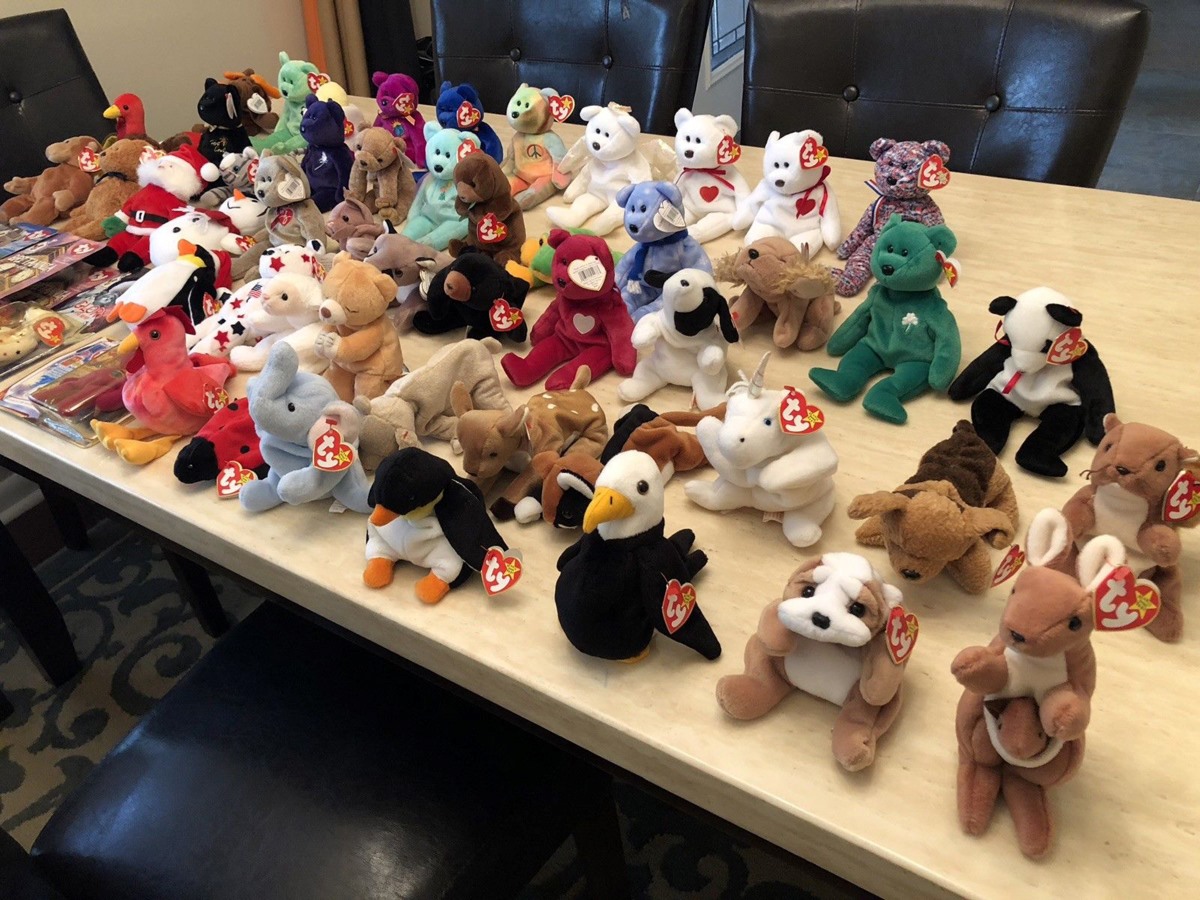
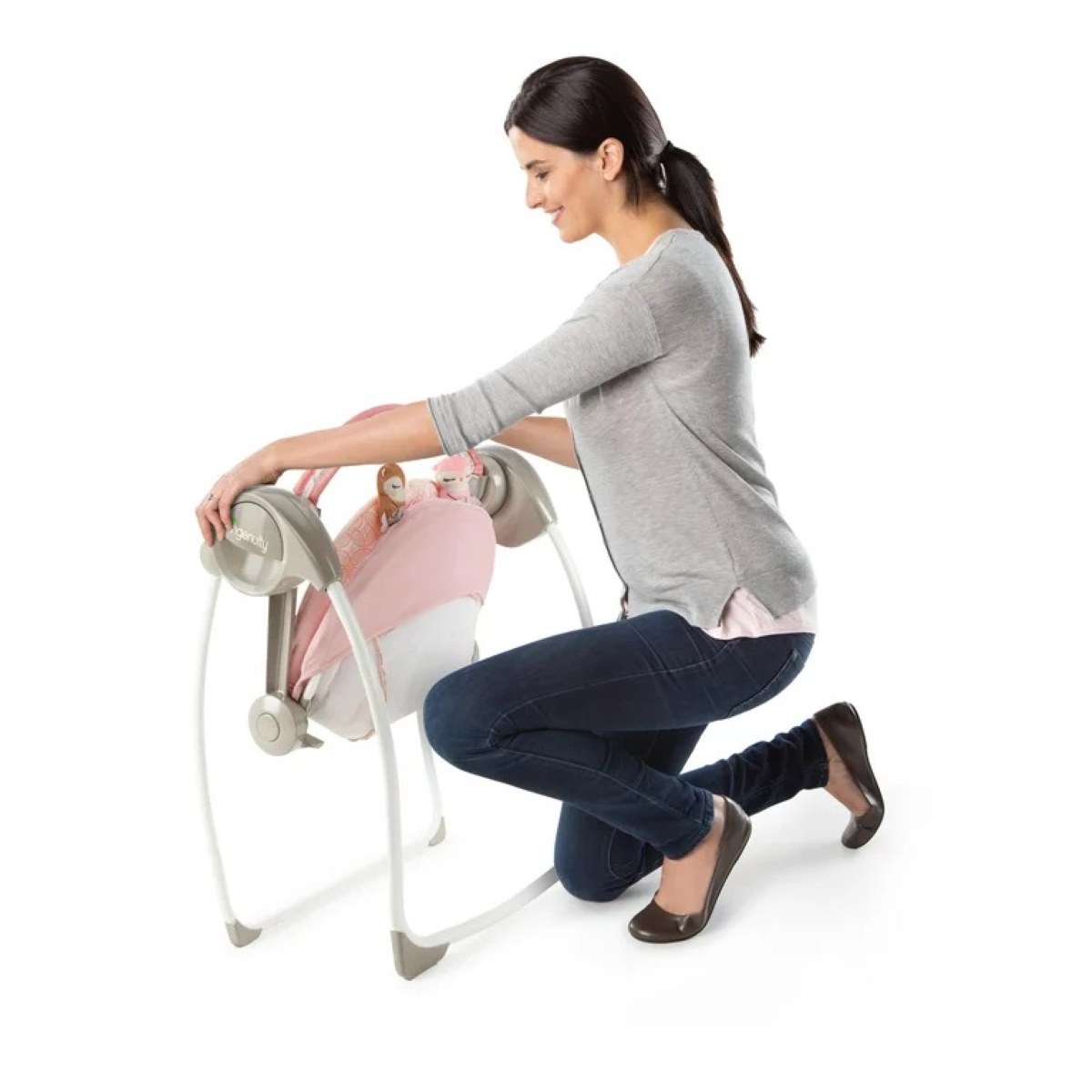

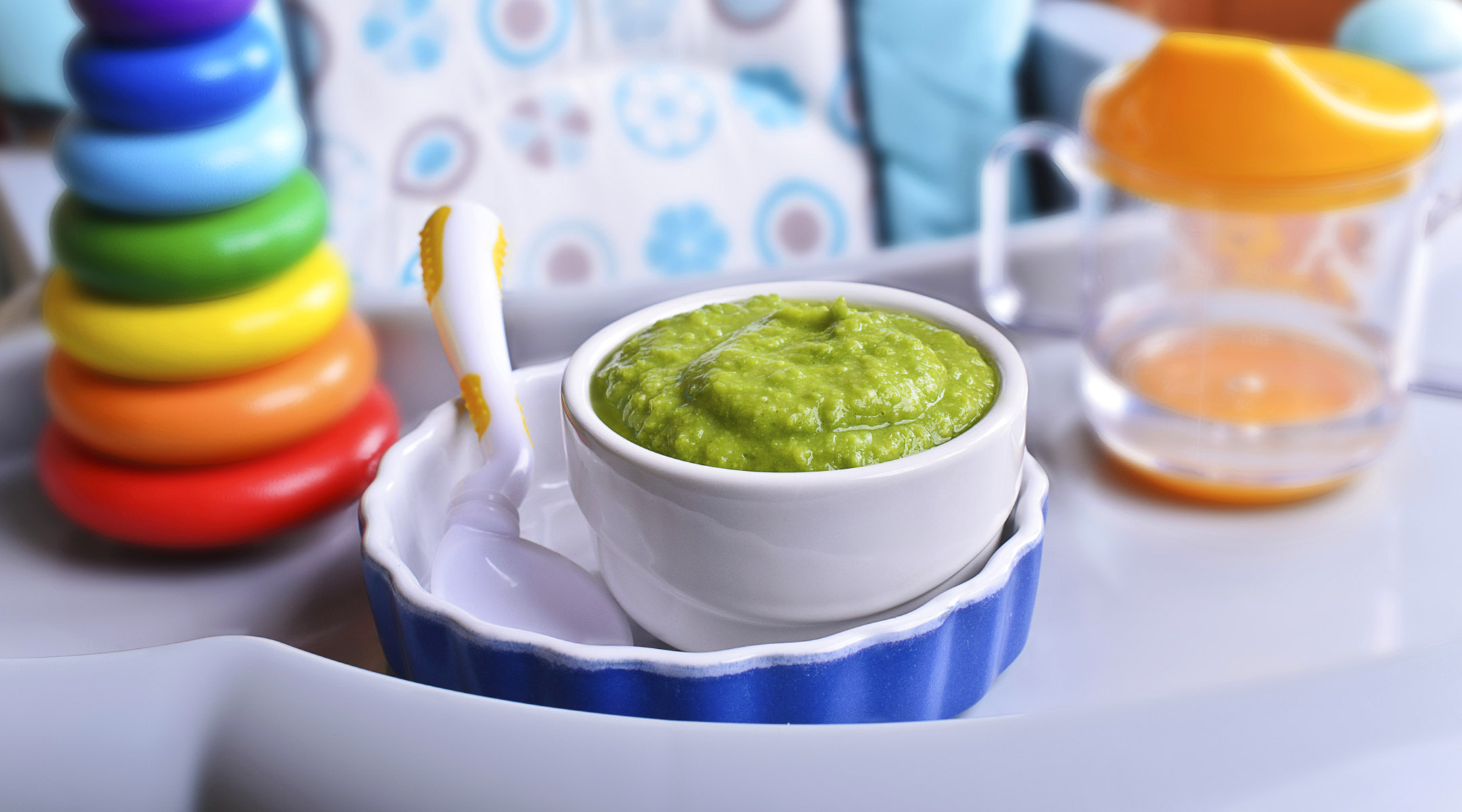

0 thoughts on “How To Store Baby Clothes By Size”